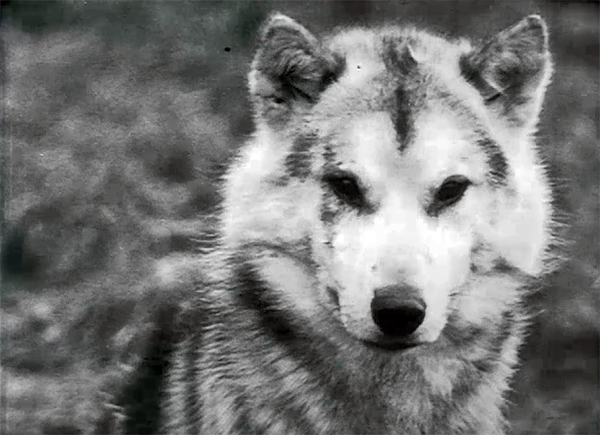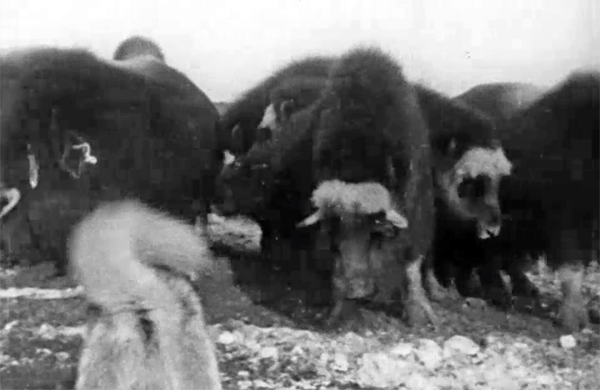From the Editor: Nakurmiik
Historic Polar Films at the Peary MacMillan
Museum and Arctic Studies Center
Arctic Nomads Workshop Booklet
National Registry Established to Vaccinate Greenland Dogs
Navigating This Site
Index of articles by subject
Index of back issues by volume number
Search The Fan Hitch
Articles to download and print
Ordering Ken MacRury's Thesis
Our comprehensive list of resources
Defining the Inuit Dog
Talk to The Fan Hitch
The Fan Hitch home page
Editor: Sue Hamilton
Webmaster: Mark Hamilton
The Fan Hitch, Journal
of the Inuit Sled Dog, is published four
times a year. It is available at no cost
online at: https://thefanhitch.org.
The Fan Hitch welcomes your letters, stories, comments and suggestions. The editorial staff reserves the right to edit submissions used for publication.
Contents of The Fan Hitch are protected by international copyright laws. No photo, drawing or text may be reproduced in any form without written consent. Webmasters please note: written consent is necessary before linking this site to yours! Please forward requests to Sue Hamilton, 55 Town Line Rd., Harwinton, Connecticut 06791, USA or mail@thefanhitch.org.
This site is dedicated to the Inuit Dog as well as related Inuit culture and traditions. It is also home to The Fan Hitch, Journal of the Inuit Sled Dog.
The Fan Hitch welcomes your letters, stories, comments and suggestions. The editorial staff reserves the right to edit submissions used for publication.
Contents of The Fan Hitch are protected by international copyright laws. No photo, drawing or text may be reproduced in any form without written consent. Webmasters please note: written consent is necessary before linking this site to yours! Please forward requests to Sue Hamilton, 55 Town Line Rd., Harwinton, Connecticut 06791, USA or mail@thefanhitch.org.
This site is dedicated to the Inuit Dog as well as related Inuit culture and traditions. It is also home to The Fan Hitch, Journal of the Inuit Sled Dog.

Screenshot from Travelling with the Eskimos of the Far North
Historic Polar Films at the Peary MacMillan Museum and Arctic Studies Center
We’re all familiar with polar explorer Robert E. Peary (1856-1920). But did you know that Portland, Maine in the United States is where he was raised? He graduated as a civil engineer from Bodoin (pronounced BOH-din) College in nearby Brunswick. And it is in Maine that much of Peary’s and his colleague’s exploration history can be found. This collection is housed in the Peary MacMillan Museum and Arctic Studies Center at Bodoin. Another New Englander, Donald B. MacMillan (1874-1970), Rhode Island born but raised in Freeport, Maine was also educated at Bodoin. Although graduating as a geologist, he travelled widely with Peary as an ethnologist, surveying and mapping unknown land and water in the Canadian and Greenland Arctic.
The Peary MacMillan Museum and Arctic Studies Center includes a collection of several polar films. Two are for sale: The Far North: A Donald MacMillan Lecture Film “…combines nearly two hours of historic motion picture footage from Labrador and Greenland with MacMillan's own live narration.” It is available for $12.00 USD. Tautunguarnirijara - The Way I Picture It is described: “In 1948, 1950, and 1954 Donald B. MacMillan sailed the Schooner Bowdoin to Baffin Island, in arctic Canada, where he met and filmed Inuit families summering in the vicinity of Pond Inlet. A 14-page booklet contains genealogical notes and song transcriptions in English and Inuktitut.” This eleven-minute film is available for $5.00 USD and was created in collaboration with our original Inuk (in Pond Inlet on northern Baffin Island) mentor’s mother!
There’s more to explore at the Peary MacMillan Museum and Arctic Studies Center. The 1913 Crocker Land Expedition link (under the “Digital Resources” heading) has its history and images, including ones of dogs and sledging. Anyone lucky enough to visit the museum and study center can see “… nearly 30,000 images, most from the eastern North American Arctic. The core of the collection are the 15,000 images taken by Donald B. MacMillan between 1908, when he was a member of Peary's North Pole expedition, and 1954, his last expedition to Greenland…”
But wait, you don’t have to travel to Bodoin to see six historic films (1923-1926), nine to fifteen minutes each, available to view online. Two of these, Hunting Musk-ox with the Polar Eskimo and Travelling with the Eskimos of the Far North, have magnificent footage of dogs at work!

Screenshot from Hunting Musk-Ox with the Polar Eskimo
Watching these dogs performing what they had been bred to do for millennia makes me mindful of how important it is to the future of today’s traditional aboriginal Inuit Dogs to be kept, bred and used based on their ability to survive and work in their native environment. Anything less and they can very quickly, in as little as one generation, become distorted, which is just what happened back in the 1930s when aboriginal Inuit Dogs, bred “in captivity” and out of their element, metamorphosed into a cultured breed known as the Alaskan Malamute.